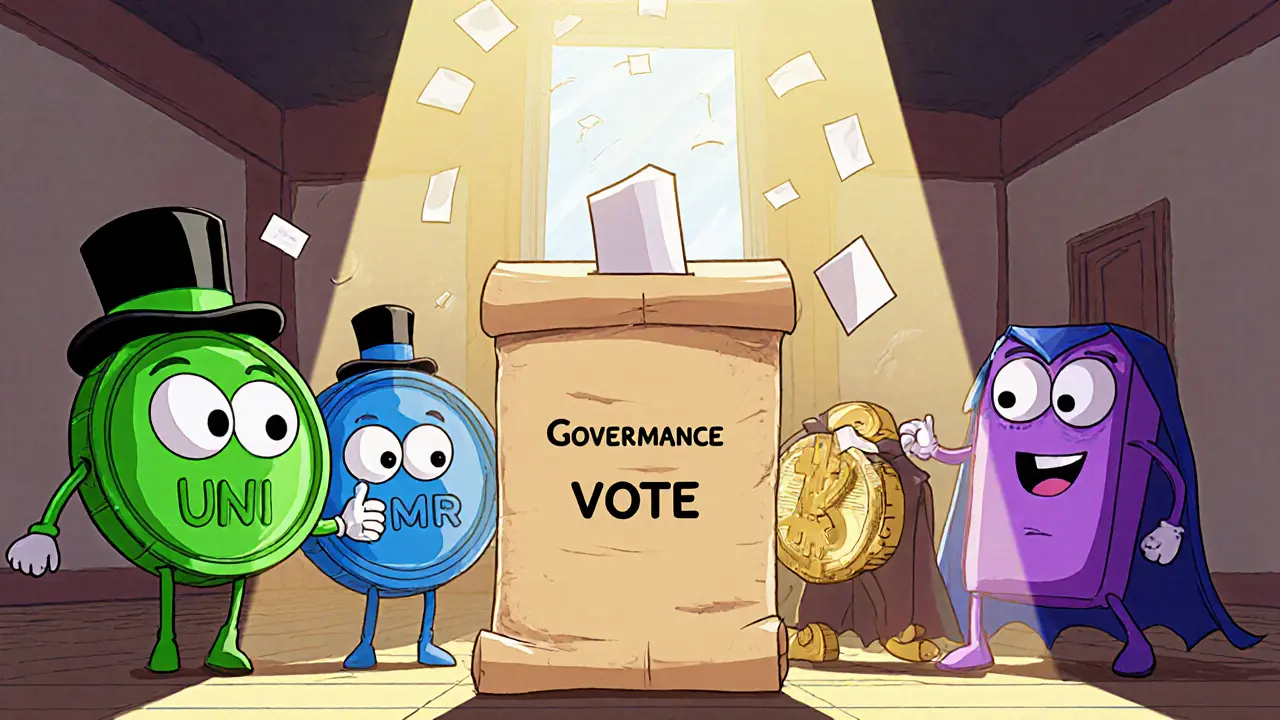DeFi Governance: How Decisions Get Made in Decentralized Finance
When working with DeFi governance, the set of rules and voting mechanisms that let token holders steer a blockchain protocol. Also known as Decentralized Finance governance, it blends community input, technical upgrades, and economic incentives. Another core player is the DAO, a Decentralized Autonomous Organization that executes collective decisions via smart contracts, often referred to as a Decentralized Autonomous Organization. Finally, token voting, the process where holders cast votes proportional to their token holdings, also called token‑based voting, links the two concepts together.
Why Governance Matters for Every DeFi User
DeFi governance encompasses on‑chain voting, protocol upgrades, and treasury management. In other words, DeFi governance requires token voting to approve changes, and the DAO facilitates execution through smart contracts. When a protocol wants to add a new liquidity pool, it submits a proposal; token holders vote, the DAO records the outcome, and a smart contract automatically updates the code – that’s a classic on‑chain governance loop. Real‑world examples include the Mango Network token upgrade, where MGO holders voted on fee structures, and the fast finality debates that pit speed against security. These cases show how governance shapes everything from transaction speed (fast finality) to security models, and why understanding the flow helps you assess risk before you invest.
Below you’ll find a curated set of articles that break down each piece of the puzzle: tokenomics of governance tokens, step‑by‑step guides on how to cast a vote, deep dives into DAO structures, and analysis of how on‑chain proposals impact market price. Whether you’re a beginner wanting to know how a vote works, or an experienced trader looking for the next governance‑driven move, the posts ahead give practical insights you can act on right now.

